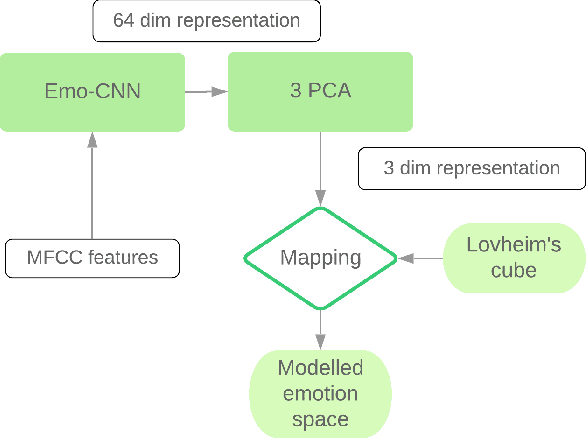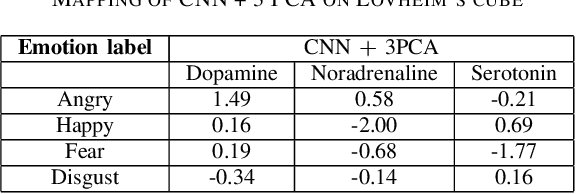Catherine Soladie
Learning Vision Transformer with Squeeze and Excitation for Facial Expression Recognition
Jul 16, 2021



Abstract:As various databases of facial expressions have been made accessible over the last few decades, the Facial Expression Recognition (FER) task has gotten a lot of interest. The multiple sources of the available databases raised several challenges for facial recognition task. These challenges are usually addressed by Convolution Neural Network (CNN) architectures. Different from CNN models, a Transformer model based on attention mechanism has been presented recently to address vision tasks. One of the major issue with Transformers is the need of a large data for training, while most FER databases are limited compared to other vision applications. Therefore, we propose in this paper to learn a vision Transformer jointly with a Squeeze and Excitation (SE) block for FER task. The proposed method is evaluated on different publicly available FER databases including CK+, JAFFE,RAF-DB and SFEW. Experiments demonstrate that our model outperforms state-of-the-art methods on CK+ and SFEW and achieves competitive results on JAFFE and RAF-DB.
Emo-CNN for Perceiving Stress from Audio Signals: A Brain Chemistry Approach
Jan 08, 2020



Abstract:Emotion plays a key role in many applications like healthcare, to gather patients emotional behavior. There are certain emotions which are given more importance due to their effectiveness in understanding human feelings. In this paper, we propose an approach that models human stress from audio signals. The research challenge in speech emotion detection is defining the very meaning of stress and being able to categorize it in a precise manner. Supervised Machine Learning models, including state of the art Deep Learning classification methods, rely on the availability of clean and labelled data. One of the problems in affective computation and emotion detection is the limited amount of annotated data of stress. The existing labelled stress emotion datasets are highly subjective to the perception of the annotator. We address the first issue of feature selection by exploiting the use of traditional MFCC features in Convolutional Neural Network. Our experiments show that Emo-CNN consistently and significantly outperforms the popular existing methods over multiple datasets. It achieves 90.2% categorical accuracy on the Emo-DB dataset. To tackle the second and the more significant problem of subjectivity in stress labels, we use Lovheim's cube, which is a 3-dimensional projection of emotions. The cube aims at explaining the relationship between these neurotransmitters and the positions of emotions in 3D space. The learnt emotion representations from the Emo-CNN are mapped to the cube using three component PCA (Principal Component Analysis) which is then used to model human stress. This proposed approach not only circumvents the need for labelled stress data but also complies with the psychological theory of emotions given by Lovheim's cube. We believe that this work is the first step towards creating a connection between Artificial Intelligence and the chemistry of human emotions.
Spotting Micro-Expressions on Long Videos Sequences
Dec 26, 2018



Abstract:This paper presents baseline results for the first Micro-Expression Spotting Challenge 2019 by evaluating local temporal pattern (LTP) on SAMM and CAS(ME)2. The proposed LTP patterns are extracted by applying PCA in a temporal window on several facial local regions. The micro-expression sequences are then spotted by a local classification of LTP and a global fusion. The performance is evaluated by Leave-One-Subject-Out cross validation. Furthermore, we define the criteria of determining true positives in one video by overlap rate and set the metric F1-score for spotting performance of the whole database. The F1-score of baseline results for SAMM and CAS(ME)2 are 0.0316 and 0.0179, respectively.
 Add to Chrome
Add to Chrome Add to Firefox
Add to Firefox Add to Edge
Add to Edge